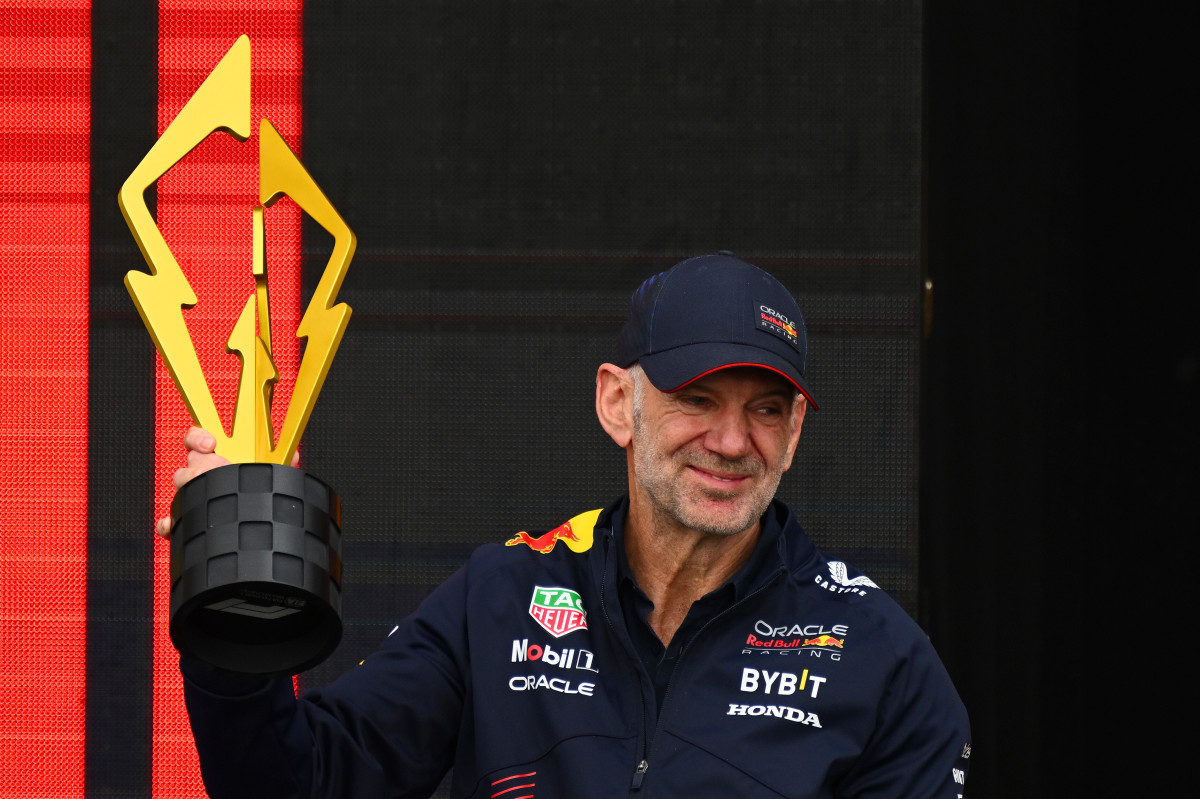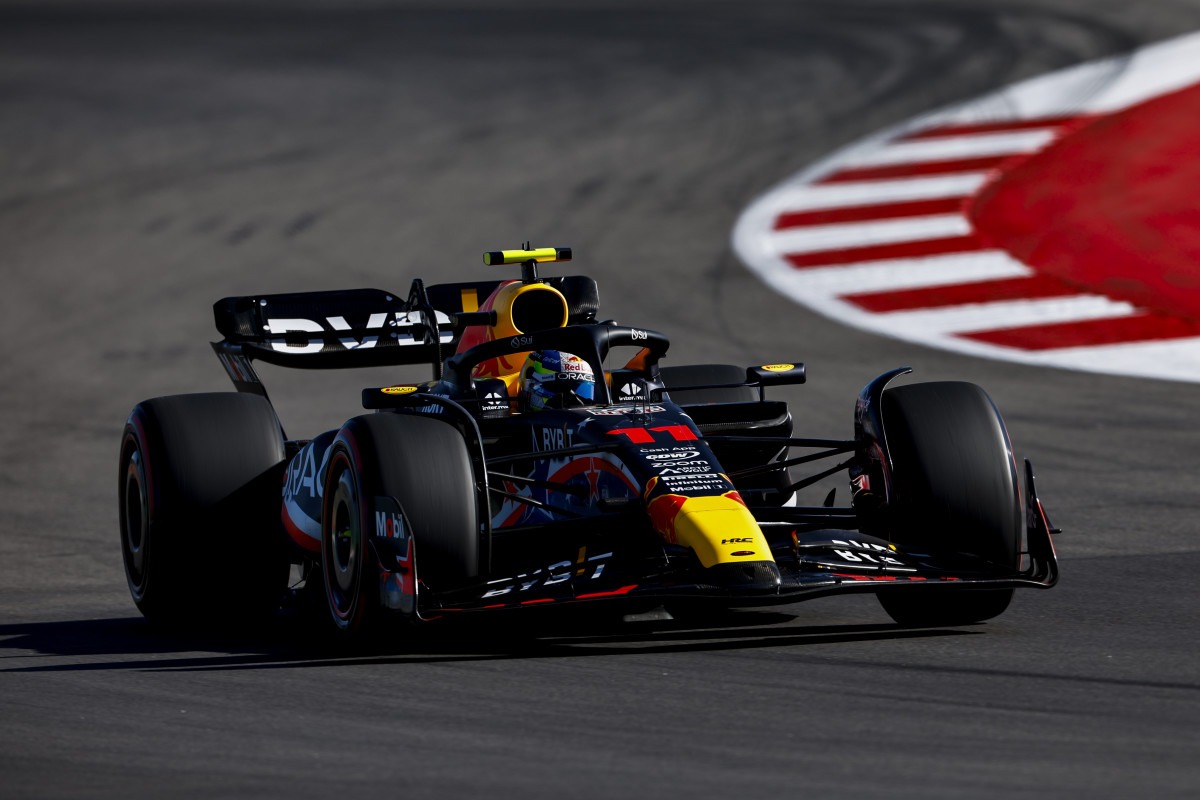F1 News: Adrian Newey Reveals Secrets Behind Red Bull's Early Victory Over Porpoising Issue

In a recent interview with Top Gear, Adrian Newey, the chief technical officer of Red Bull Racing, discussed how the team became the first to effectively address the porpoising issues in Formula 1. He highlighted the complexity of the problem and Red Bull's proactive approach to solving it, especially with the RB18 car.
Key Takeaways:
- Adrian Newey emphasised that porpoising is not solely due to aerodynamics but involves various factors like suspension characteristics and body stiffness. Red Bull Racing, aware of these elements, was prepared for such challenges with the RB18.
- Newey admitted that the team faced some porpoising issues initially but managed to overcome them by the first race. He also pointed out the difficulties in simulating bouncing in wind tunnels and CFD, as these tools depend on the input and focus of the teams.
- Porpoising became a significant issue for several teams in 2022, particularly after the shift to regulations favouring ground effect aerodynamics. Mercedes struggled the most, with Lewis Hamilton reporting back problems due to the severe bouncing of the W13. The issue led to F1 increasing the minimum car ride height for safety reasons.

Adrian Newey, in his interview with Top Gear, provided an insightful look into how Red Bull Racing tackled the porpoising problem, a challenge that many teams faced in the 2022 Formula 1 season. According to Newey:
"Bouncing is not simply due to the aerodynamic shape of the car, there are other factors – suspension characteristics, body stiffness – and when we were designing RB18 we were very mindful of that.
"We had a bit of porpoising at the very start but we were on top of it by race one.”
He further elaborated on the complexities of replicating such issues in simulations, saying:
“Simulating bouncing in a wind tunnel and more so in CFD is not easy. It’s a transient problem, and there’s no motion to the car relative to the road. You don’t see it if you’re not looking for it.
"That’s the thing with all simulation tools. They’re dependent on what you put into them. If you haven’t looked in the right place and put the right things in, you won’t get the right answers out.”

The phenomenon of porpoising, which involves a car bouncing at high speeds due to aerodynamic instability, emerged as a significant challenge after Formula 1 introduced new regulations in 2022. These regulations were aimed at enhancing racing by emphasising ground effect aerodynamics.
However, this shift led to unforeseen complications, most notably for Mercedes. The team's struggles with porpoising were so severe that seven-time champion, Lewis Hamilton, reported experiencing back problems because of the heavy bouncing experienced in the W13. This situation raised concerns about the health and safety of drivers, prompting Formula 1 to raise the minimum car ride height to mitigate the risks associated with porpoising.
